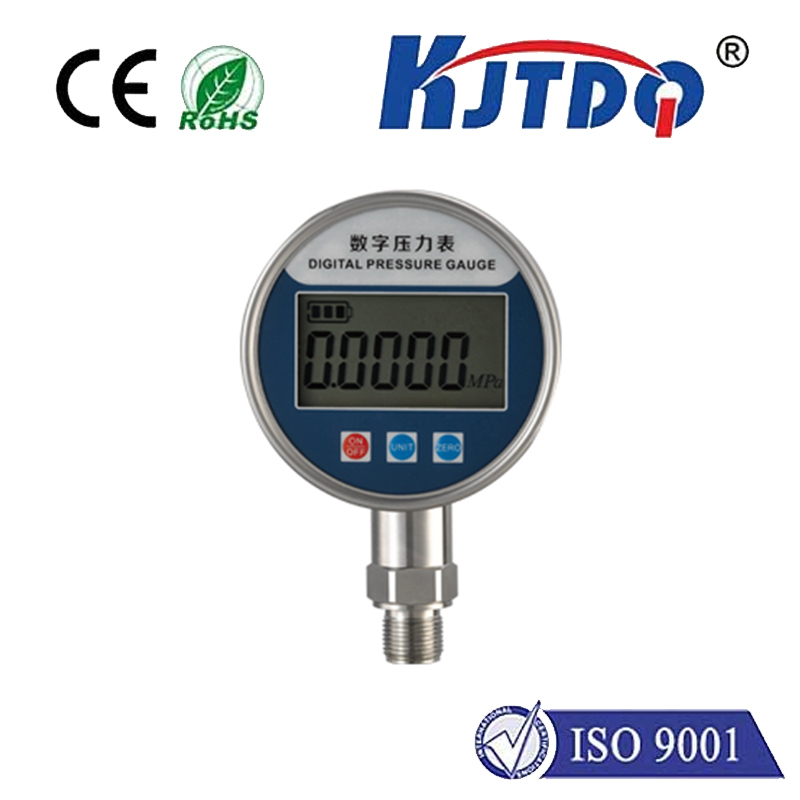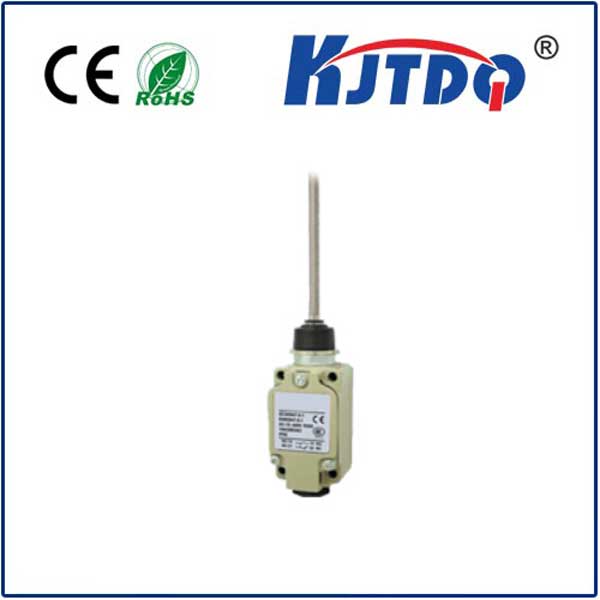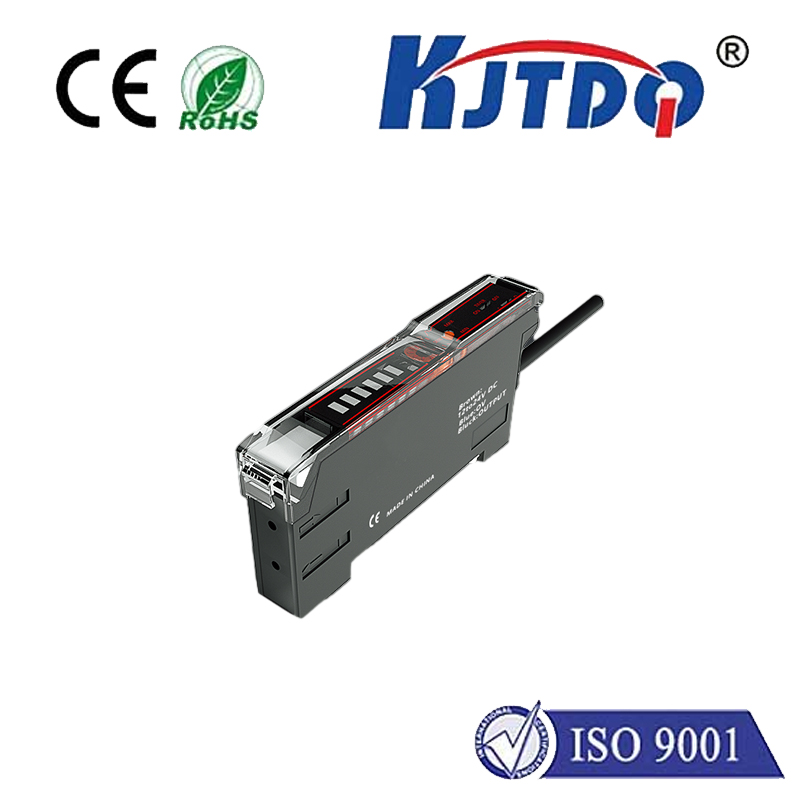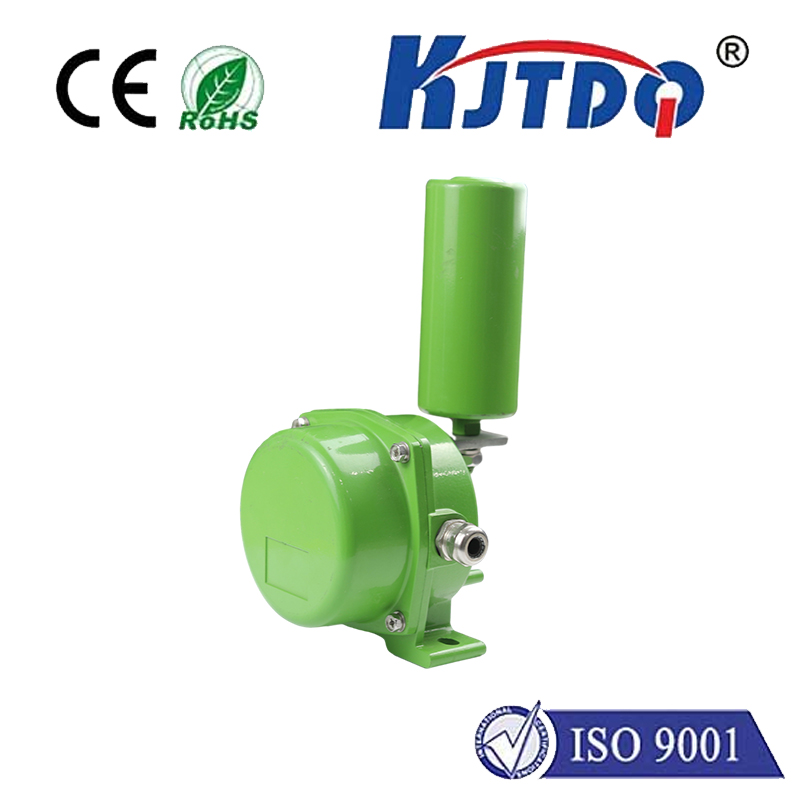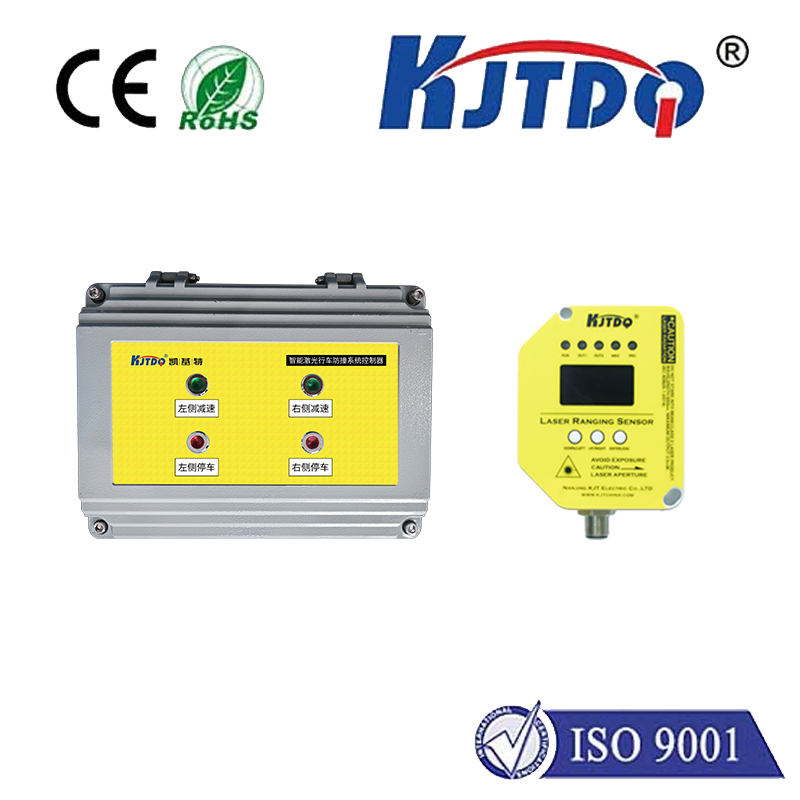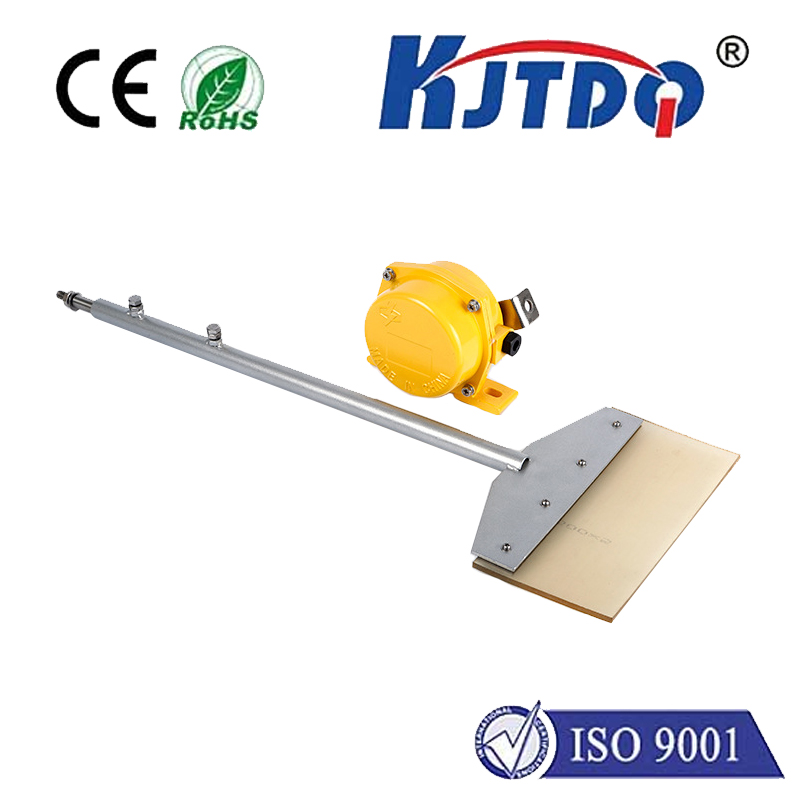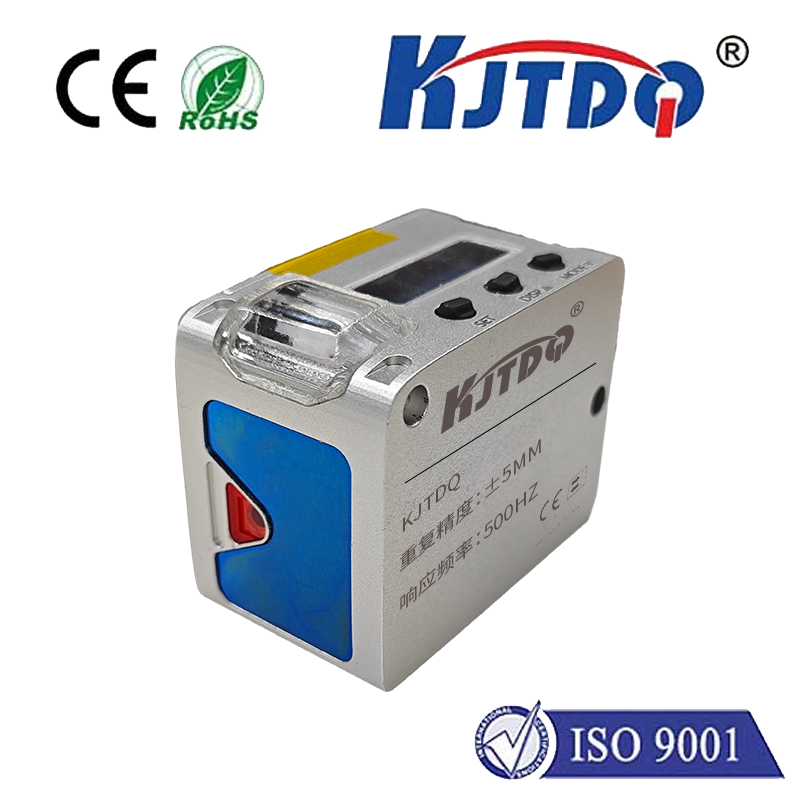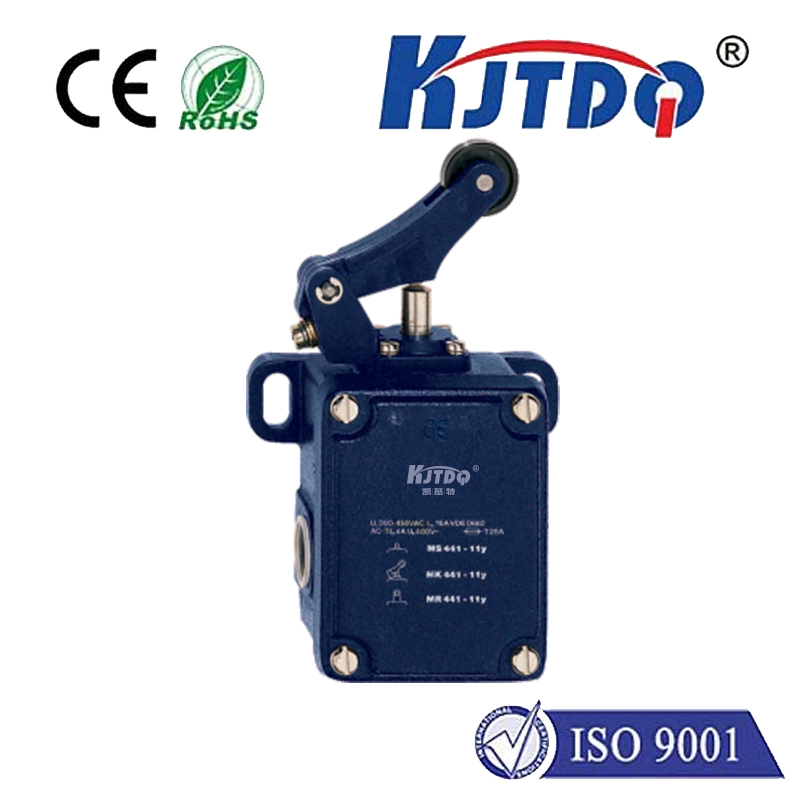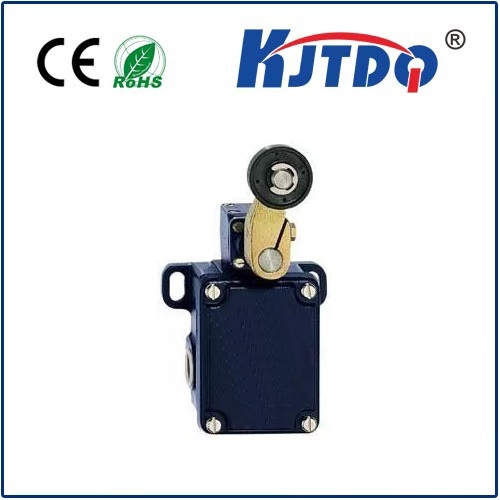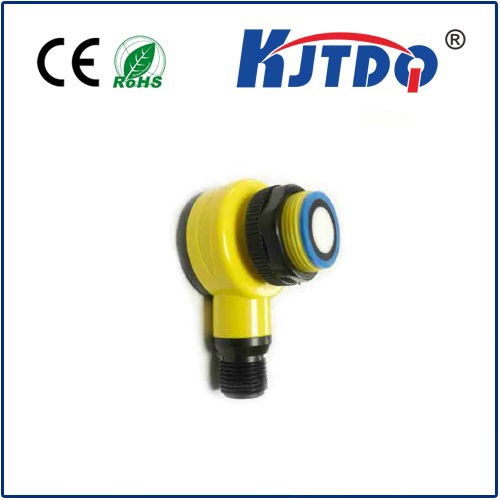

check

check

check

check

check

check

check

check

check

check
Imagine thousands of items flawlessly gliding down a high-speed conveyor belt. A robotic arm, with uncanny precision, picks and places each one. Critical safety barriers silently monitor for human presence. At the heart of this intricate dance of modern automation lies a deceptively simple hero: the rectangular photoelectric sensor. Far more than just a boxy component, its unique shape and function make it an indispensable workhorse in countless applications demanding reliable, non-contact object detection.
Beyond the Basic Beam: Defining the Rectangular Photoelectric Sensor
At its core, a photoelectric sensor detects the presence, absence, or distance of an object using light. A rectangular photoelectric sensor specifically describes the physical housing shape of this device, distinct from cylindrical or block-style sensors. This rectangular form factor isn’t merely aesthetic; it’s intrinsically linked to key performance advantages. Inside that robust, often metal or rugged plastic casing reside the essential components: an emitter (typically an LED or laser diode generating the light beam) and a receiver (a phototransistor or photodiode that detects changes in the received light). The magic happens when an object interrupts or reflects this light beam, triggering the sensor’s output signal.
The Structural Advantage: Why the Rectangle Reigns Supreme

The rectangular design offers several critical benefits that make it a preferred choice in demanding industrial environments:
Optimized Mounting and Protection: The flat surfaces of the rectangular housing are inherently easier to mount securely using standard brackets. Its shape also lends itself naturally to rugged designs featuring IP67, IP68, or IP69K ratings, providing exceptional resistance against dust, high-pressure water jets, and harsh washdown chemicals – crucial in food & beverage, pharmaceutical, and outdoor applications. The robust structure better protects internal components from shock and vibration compared to some slimmer designs.
Intrinsic Beam Shaping: While cylindrical sensors often require external mounting accessories to create a narrow slit beam, the rectangular shape naturally facilitates generating a focused, rectangular beam profile. This is particularly advantageous:
Principles in Action: How Rectangular Sensors Work
Like all photoelectric sensors, rectangular types operate based on three fundamental principles:
Where the Rectangle Shines: Key Applications
The unique strengths of rectangular photoelectric sensors make them ubiquitous across automation:
Conclusion
The rectangular photoelectric sensor is far more than a simple geometric choice in sensor design. Its shape is a powerful engineering solution, delivering tangible benefits through a larger sensing aperture, superior mounting stability, inherent ruggedness, and natural beam-shaping capabilities. From exceeding alignment tolerance demands to reliably detecting the trickiest targets in the harshest conditions, the rectangular form factor proves its worth daily on the factory floor. When robust, reliable, and high-performance non-contact detection is paramount for automation success, the rectangular photoelectric sensor consistently delivers, solidifying its role as a foundational technology in modern industrial sensing. Its unique geometry continues to unlock precision and reliability where it matters most.
